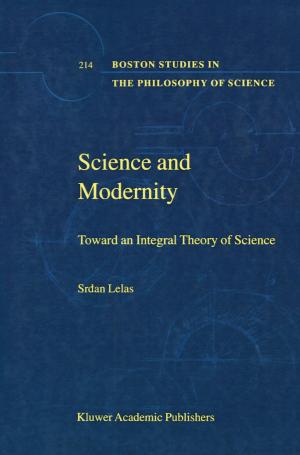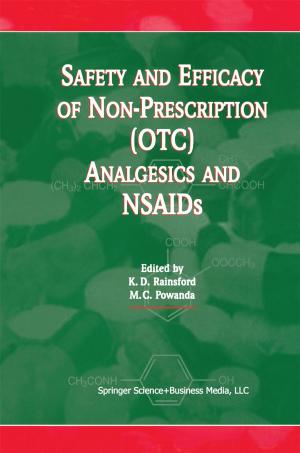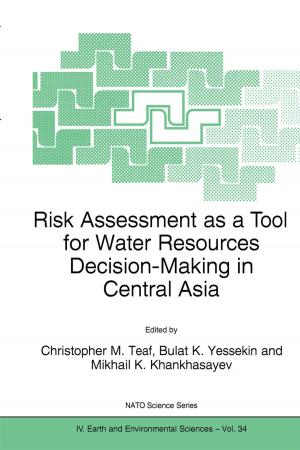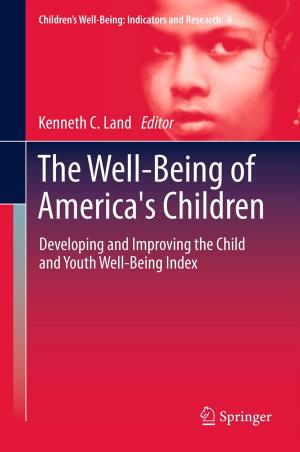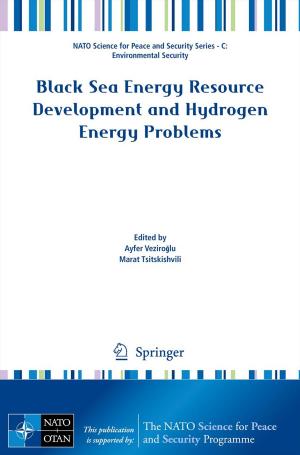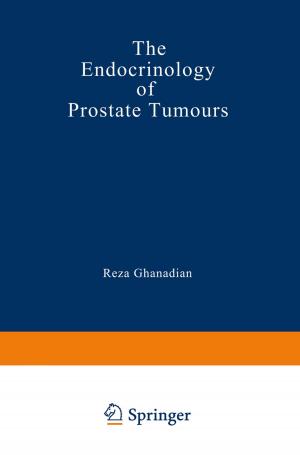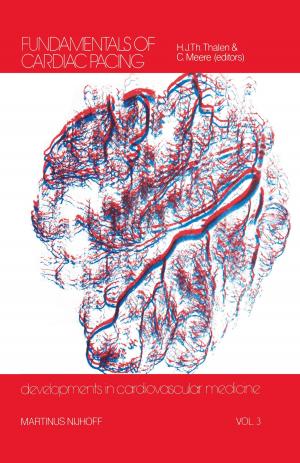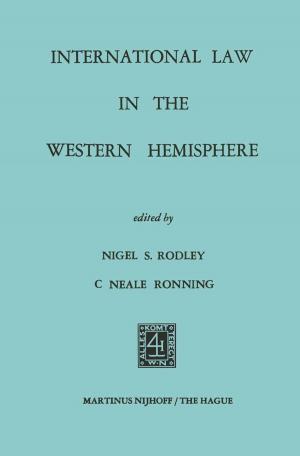Trusting Records
Legal, Historical and Diplomatic Perspectives
Business & Finance, Industries & Professions, Information Management, Nonfiction, Social & Cultural Studies, Social Science, Anthropology| Author: | H. MacNeil | ISBN: | 9789401593755 |
| Publisher: | Springer Netherlands | Publication: | March 9, 2013 |
| Imprint: | Springer | Language: | English |
| Author: | H. MacNeil |
| ISBN: | 9789401593755 |
| Publisher: | Springer Netherlands |
| Publication: | March 9, 2013 |
| Imprint: | Springer |
| Language: | English |
A trustworthy record is one that is both an accurate statement of facts and a genuine manifestation of those facts. Record trustworthiness thus has two qualitative dimensions: reliability and authenticity. Reliability means that the record is capable of standing for the facts to which it attests, while authenticity means that the record is what it claims to be. This study explores the evolution of the principles and methods for determining record trustworthiness from antiquity to the digital age, and from the perspectives of law and history. It also examines recent efforts undertaken by researchers in the field of archival science to develop methods for ensuring the trustworthiness of records created and maintained in electronic systems.
Audience: The target audience for this study is legal scholars working in the field of evidence law, historians working in the field of historical methodology, and recordkeeping professionals (records managers, information technology specialists, archivists) working on the design and implementation of contemporary organizational recordkeeping systems.
A trustworthy record is one that is both an accurate statement of facts and a genuine manifestation of those facts. Record trustworthiness thus has two qualitative dimensions: reliability and authenticity. Reliability means that the record is capable of standing for the facts to which it attests, while authenticity means that the record is what it claims to be. This study explores the evolution of the principles and methods for determining record trustworthiness from antiquity to the digital age, and from the perspectives of law and history. It also examines recent efforts undertaken by researchers in the field of archival science to develop methods for ensuring the trustworthiness of records created and maintained in electronic systems.
Audience: The target audience for this study is legal scholars working in the field of evidence law, historians working in the field of historical methodology, and recordkeeping professionals (records managers, information technology specialists, archivists) working on the design and implementation of contemporary organizational recordkeeping systems.

